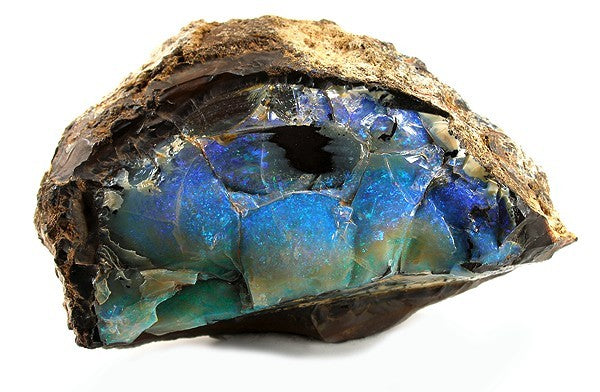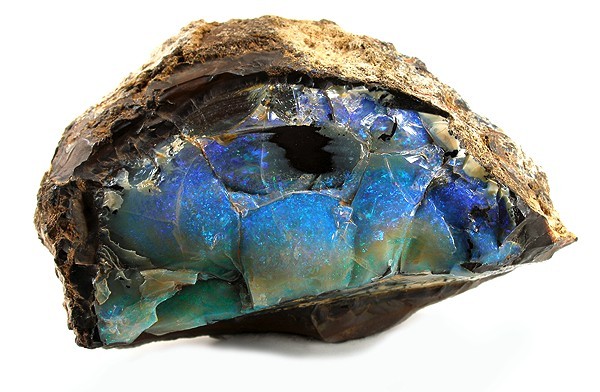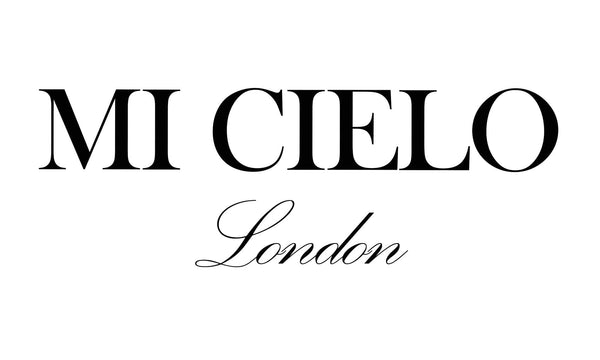
All you should know about October's Birthstone
Share
All you should know about October's Birthstone
Which one is October’s Birthstone?
Opal is the official birthstone of the month of October designated by The National Association of Jewelers, since the 15th century. There a birthstone from every month, there are Zodiac birthstones as well. Many cultures throughout history have associated different gemstones with astrological signs. The stone that aligns with your sign largely depends on which list or culture you choose to follow. Opal has commonly been associated with the signs Scorpio and Libra, which aligns with October.
- Fire Opal
The name 'Opal' has long been thought to have derived from the Latin word ‘Opalus’ and means ‘precious stone’, and the Greek ‘Opallios’ meaning ‘to see a change in colour’. However, these two words are themselves derived from the older Sanskrit word ‘upala’.
It is estimated that nearly 95% of the world's opal comes from Australia. Other countries that commonly mine opals include Ethiopia, Brazil, and Mexico.
Opal was long thought to be the most precious of gems because it harboured the colours of many other revered gemstones. Fine quality specimens will shine with a whole rainbow of hues that bring to mind many other sought-after jewels.
Opal stone throughout History
Fire Opal was discovered in South America at least 6,000 years ago and was coveted by the indigenous peoples. The Aztecs worshipped the gem and named it ‘quetzalitzlipyollitli’, meaning the ‘stone of the bird of paradise’.
In Ancient India and Ancient Persia, Fire Opal was admired as a symbol of ardent love.
Arabian legends tell a story of how Opals fall to Earth from the heavens during lightning storms.
Ancient Greeks saw the stone as a talisman that protected against disease.
Multiple European countries have held Opal in high regard not only for its beauty, but for its purported ability to strengthen the virtues of purity, hope and truthfulness.
The Romans delighted in the colours of Opal, using the gemstone as a way to boast about their wealth and status, and they sourced their Opals from mines beyond their borders in eastern Europe. The Roman general Mark Antony wanted to give Cleopatra of Egypt an Opal as a mark of their relationship, and approached a fellow general, called Nonius, with an offer to buy his impressive stone.
Rather than sell it, Nonius fled Rome and left behind his home and most of his possessions. He got to keep his Opal, though!
Opal was so valuable to the Romans that one Roman Emperor is said to have offered up one third of his entire kingdom in exchange for a single stone.
William Shakespeare mentioned Opal as ‘a miracle’ and coined the term ‘queen of gems’ in his play Twelfth Night, which he wrote between 1601 and 1602. The French emperor Napoleon offered a reported 700-carat Opal to his first wife Josephine, known as ‘The Burning of Troy’ because of its vibrant red flashes. Whilst the stone is so well documented that it is generally accepted to have been a real gem, it sadly hasn’t been seen or heard about since Josephine passed away in 1814.

Why Opal is often considered as a Bad luck stone?
Indeed, Opals have been considered both good and bad luck throughout history. They were as precious as Diamonds to the Ancient Greeks and used in jewellery by the Romans, whereas in Russia the Tsars believed the stone symbolised the evil eye.
When Europeans first went to the New World they found the Aztecs of South America mining the gem, and due to its rareness and beauty they took many back to Europe to present to the royal courts. By the early 19th century, the bad luck associated with the stone had gotten somewhat out of hand, and Opal had fallen almost entirely out of popular use.
Thankfully, later in the century, Queen Victoria threw aside any talk of misfortune and superstition associated with Opal and started to wear it. Queen Victoria was something of a trendsetter, and her loyal subjects often looked to her for inspiration when it came to fashion and jewellery. She helped popularise the stone once again, and put to rest any negative connotations it still carried.
Opal was found for the first time in Australia during the 1840s, and high-quality Black Opal was discovered there in 1877; then, as the 19th century became the 20th, Australia kept adding new deposits to the map. Opal mining began in Lightning Ridge in 1905, Coober Pedy in 1915 and Andamooka in 1930.
All these deposits, and more, are located in a large area of Australia known as the Great Artesian Basin. The basin covers over 22% of the whole country, and in simple terms it's made up of very porous rocks that hold a lot of moisture - an essential ingredient in Opal's formation.
Over 90% of the world’s Opals were coming out of Australia until very recently, when phenomenal-quality Opal was rediscovered in Ethiopia, first in 1994 and again in a different location in 2008.
There are two types of opals: precious and common opals. Precious opals either have vibrant color (fire opal) or exhibit a play of color: unique multi-dimensional color display that the more precious opals have.
Precious opals have two basic colors, their background color and their play of color. The background color is caused by impurities within the silica. Within the precious opal family, there are many different varieties of opal. Each has their own unique color combinations and character traits. Opals can be found orange, yellow, red, green, blue, or purple. Black opals are considered one of the rarest gemstones, though they too can be a variety of dark colors.
The other colors are caused by the way silica forms together. Silica is composed of a bunch of tiny spheres that adhere to one another. When they fuse, tiny gaps are created between them that allow the light to diffract. This diffraction causes a magnitude of different shapes and color combinations.
Not all Opals are opaque, and there are other body colours available too. Fire Opal, for example, displays vibrant yellows and oranges, while Mali Opal is green, and Peruvian Opal is pink.
Unlike many other gemstones on the market, opals are usually left in their natural state. However, some common treatments include fracture filling and smoke treatment, which is used to darken the stone.
Opals that have the most intense and diverse play of color are generally the most expensive and prized. Boulder opal is the only opal that can display the entire rainbow within one stone. That's at least seven colors if you count indigo.
Opals have been synthesized since the 1970s. Natural opals have also been sliced and adhered to onyx and other gem material to give the illusion of a bigger, dark, more expensive opal. The "doublets" are more susceptible to harm if they are submerged in liquids for long periods of time.
Opal is also the official gemstone gift alternative for the 14th wedding anniversary.
Opal Healing Properties: Which benefits can we get from Opal stones?
Opal stones are associated with clarity, insight, and transformation.
It is believed that crystal Opals hold the power to enhance one's psychic abilities, strengthen intuition, and promote spiritual growth. They are used in meditation and spiritual practices to enhance one's intuition and clear vision of the self.
Opal possesses healing energies that can help to soothe and clear the emotional body, bringing a sense of calm, security, and inner peace.
